Create Activity
This is the instructions page for the Create activity. An overview of the card deck and all other activities can be found here.
Purpose
If you are starting into a new urban visualisation project, this activity can help you collaboratively develop data-driven concepts for potential visualisation solutions, based on an urban challenge. Bring together different stakeholders and explore diverse perspectives on your project.
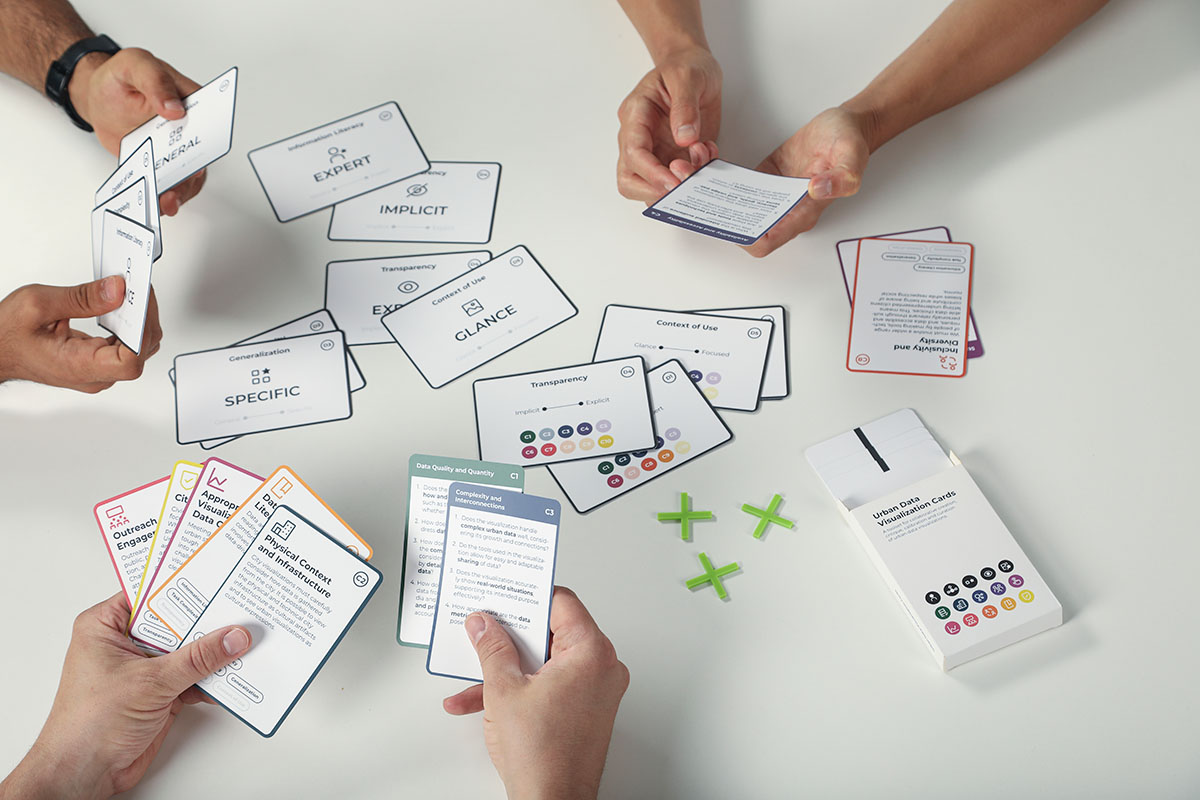
Getting started
- If you are short on card-decks, we also have a digital version you can use in online collaboration apps.
- To kick things off use our UDV introduction slides (see downloads).
- You will need workshop materials (pencils, postIts, paper, etc).
- We recommend groups of max. five people. If working with larger groups split the groups up (more card decks required).
- The time given for each activity is a rough minimum. The activities can easily be extended by either giving more time for each step or combining activities, e.g. create + critique or critique + calibrate. You can also speed up the activities by preselecting the dimensions for the session.
Preparation
Define the urban challenge and its requirements (e.g. user groups and their expectations) and contextual information (e.g. where and how will it be deployed). If data exists, provide details (e.g. dimensions, origin). Make sure to provide all information with enough details and context for the level of expertise of your various stakeholders, to get everybody on board.
Activity schedule
1. Introduction
As the focus of the activities is to collaboratively solve the tasks, start by introducing the activity participants to one another. Follow up by introducing the workshop concept. We have some slides prepared you can use.
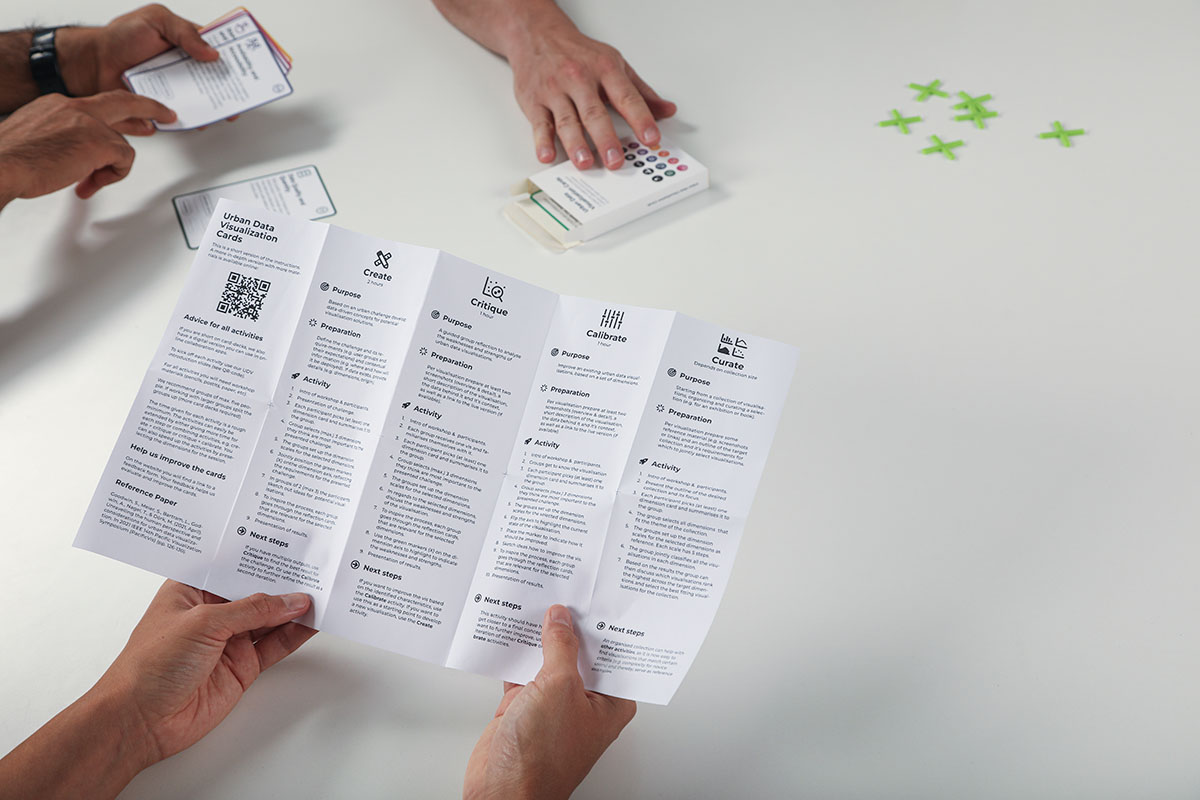
2. Challenge
Next introduce the participants to the urban challenge. Highlight requirements, context, targeted audiences, data, etc. (see Preparations).
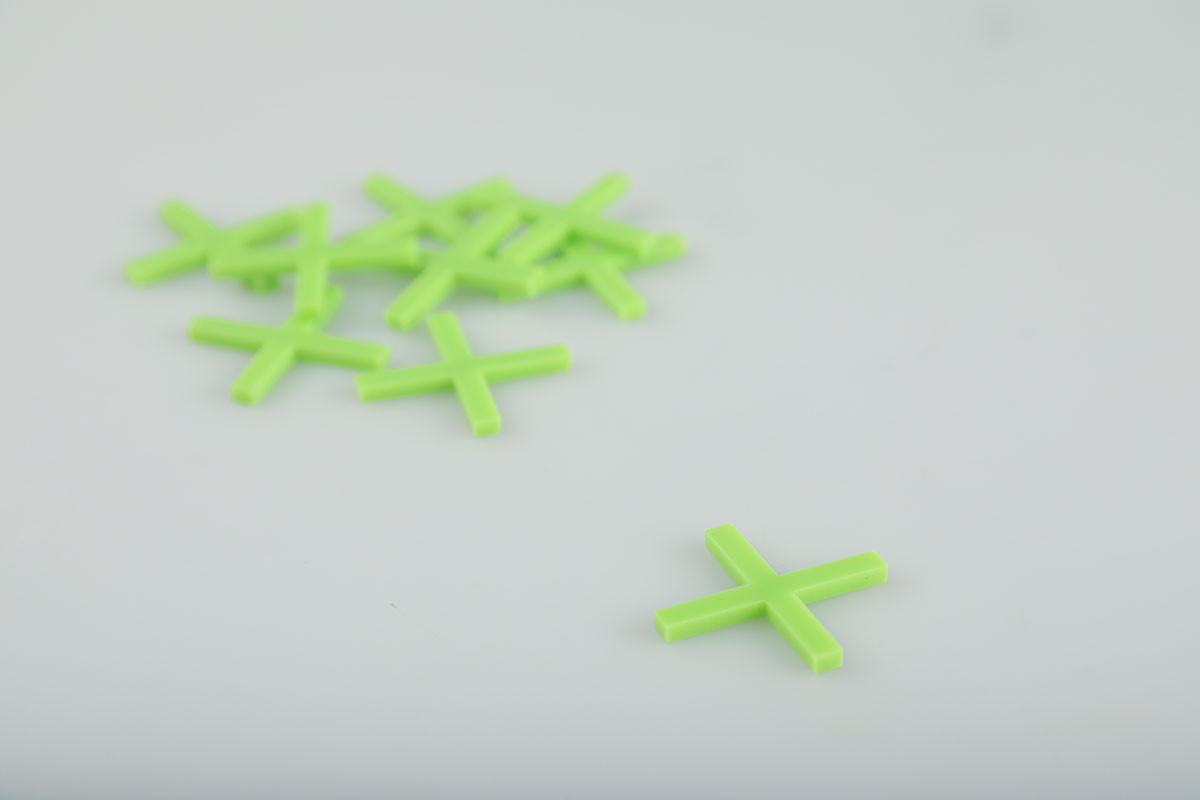
3. Dimensions overview
Each participant picks (at least) one dimension card and summarises it to the group. For each dimension there is an overview card, highlighting connected considerations as colored circles and a description on the back. In addition two cards for the two extremes of the dimension.
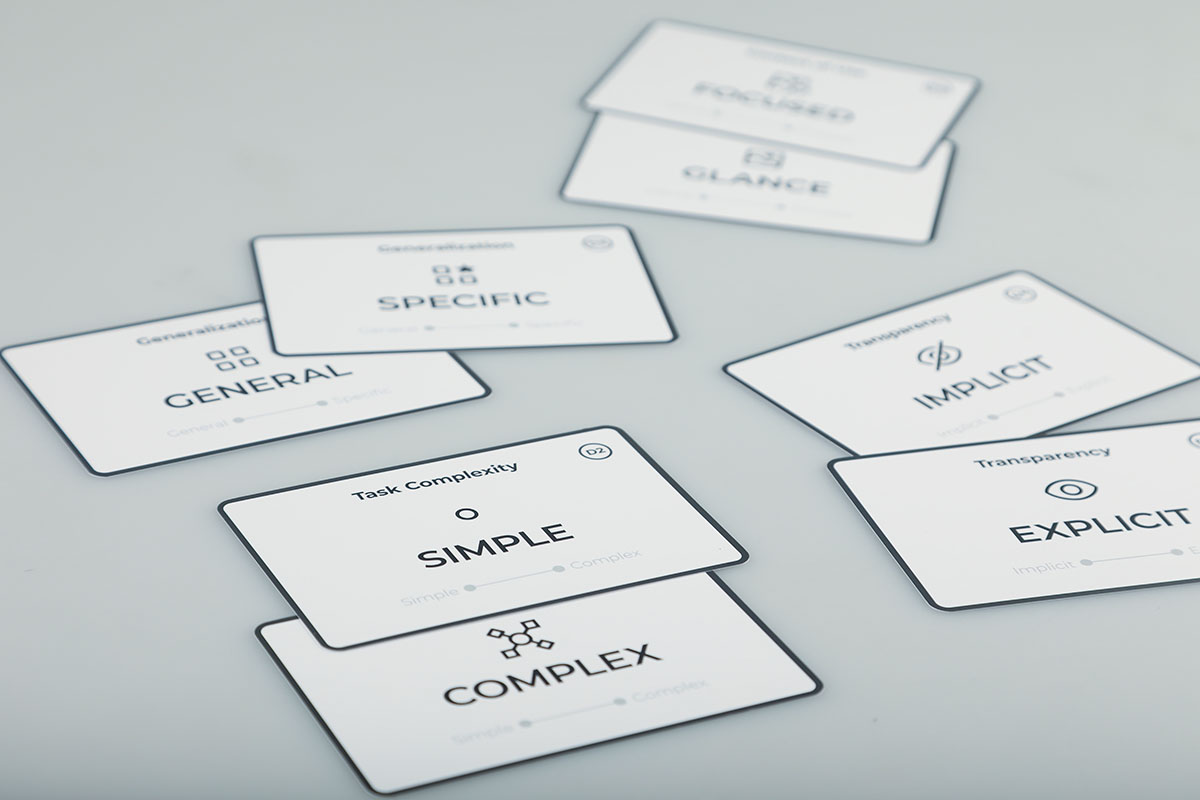
4. Dimension selection
Group selects (max.) 3 dimensions they think are most important to the presented challenge. This step can take up quite some time. If time is limited preselect the dimensions and skip this step.
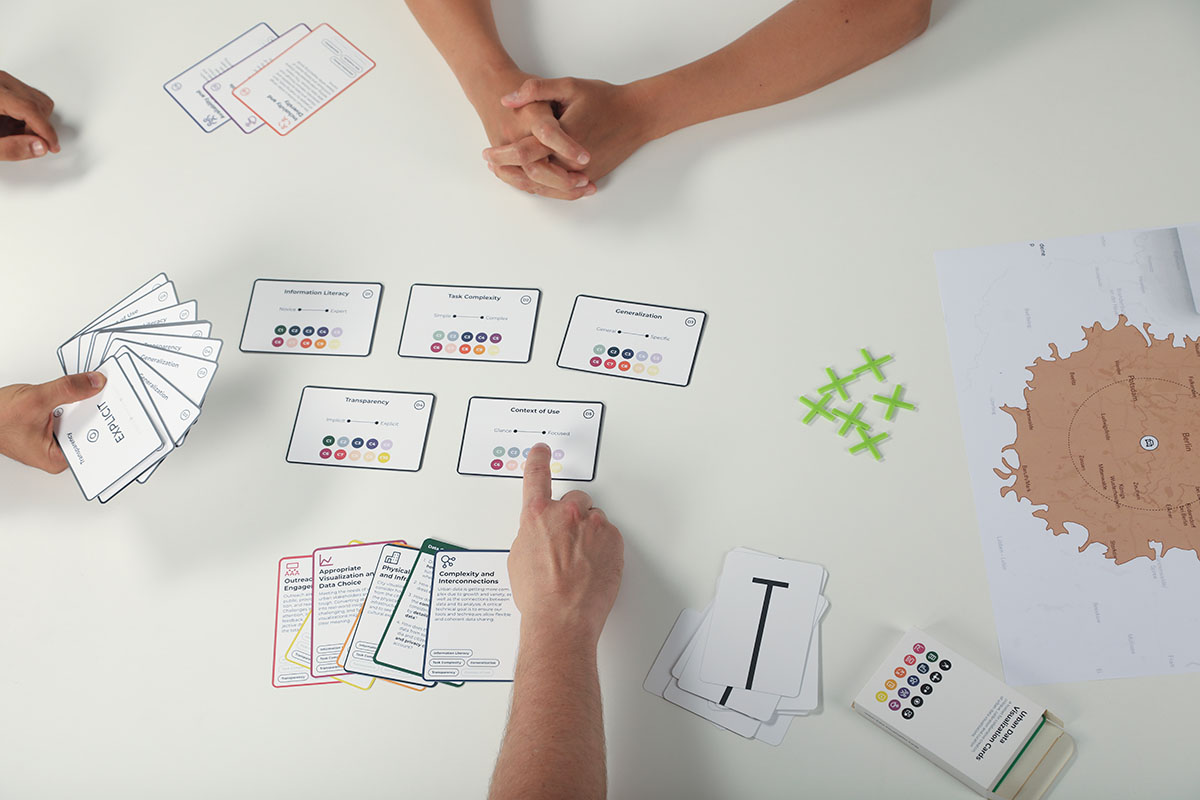
5. Scale setup
The groups set up the dimension scales for the selected dimensions. In this activity setup the scale cards without crosses. Put the extremes on each side. If you have enough space put the description card of the dimension next to it as backup.
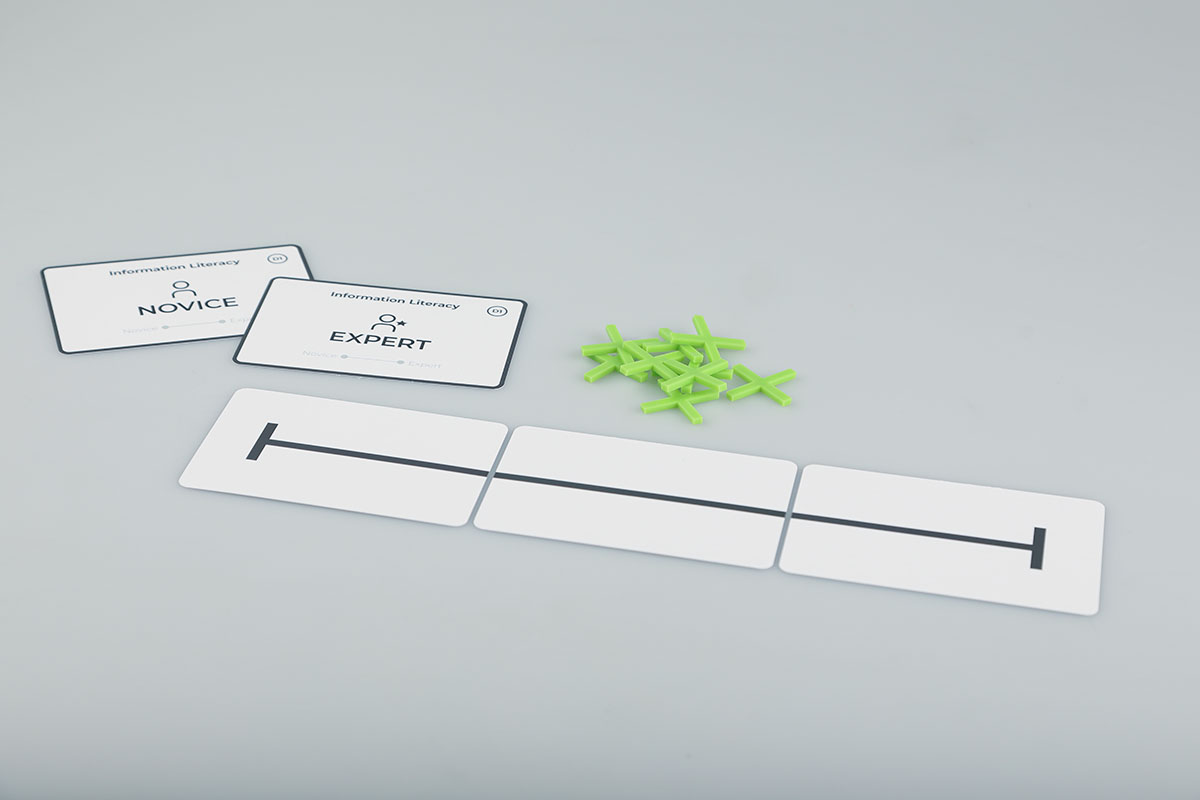
6. Define goals
Based on the requirements for the presented challenge, the group should discuss where the proposed visualisation should be positioned on each dimension. Use the green markers (X) on the dimension axis to mark the goal.
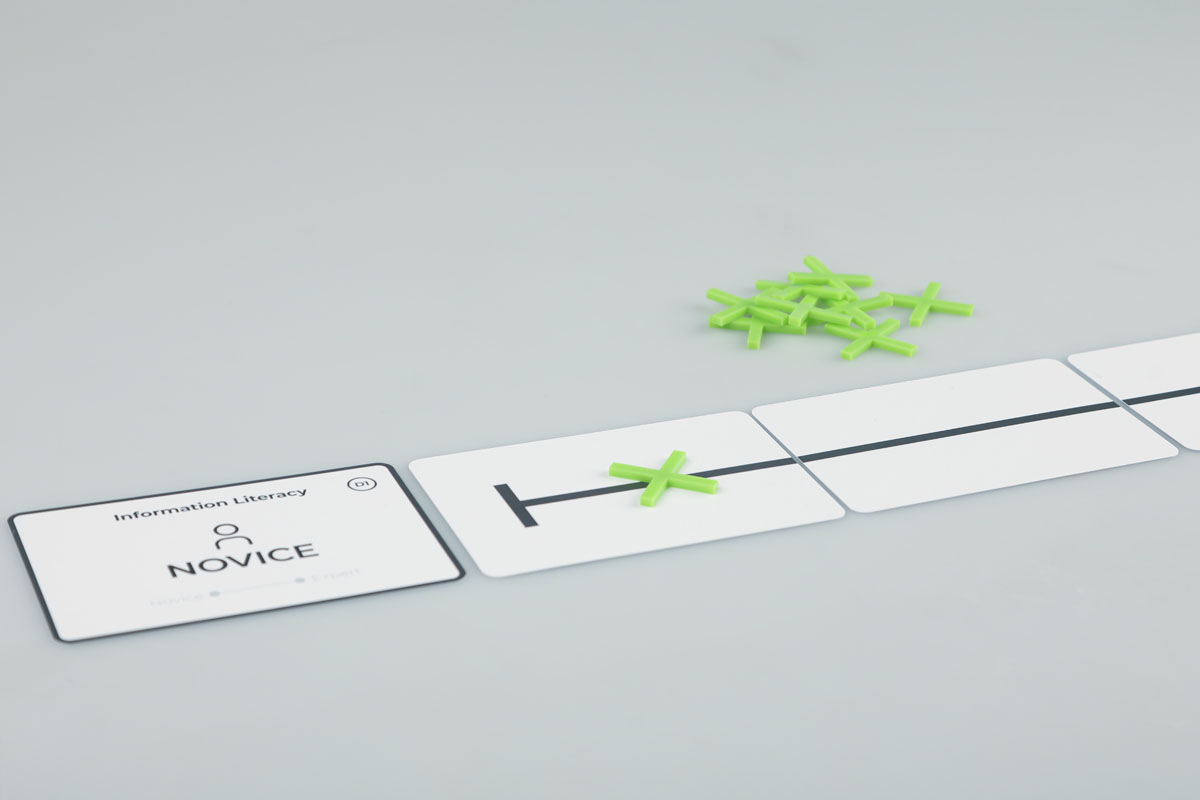
7. Generating ideas
In the next step, the goals defined by the green markers are used as guidance to come up with ideas. In groups of 2 (max 3) the participants sketch out ideas for potential visualisations.
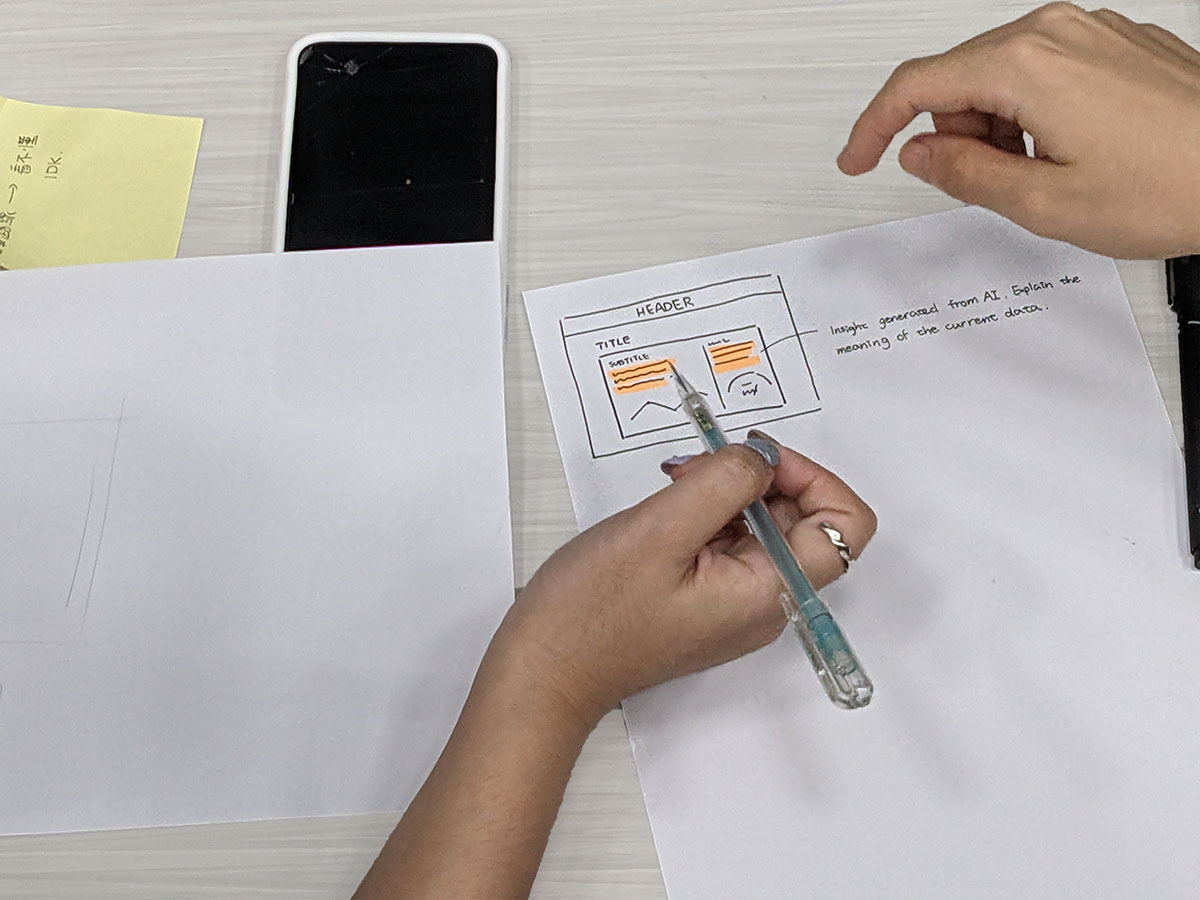
8. Reflection cards
To inspire the ideation process, each group goes through the reflection cards, that are relevant for the selected dimensions. On the dimension overview cards the colored circles highlight which consideration cards are relevant for each dimension.
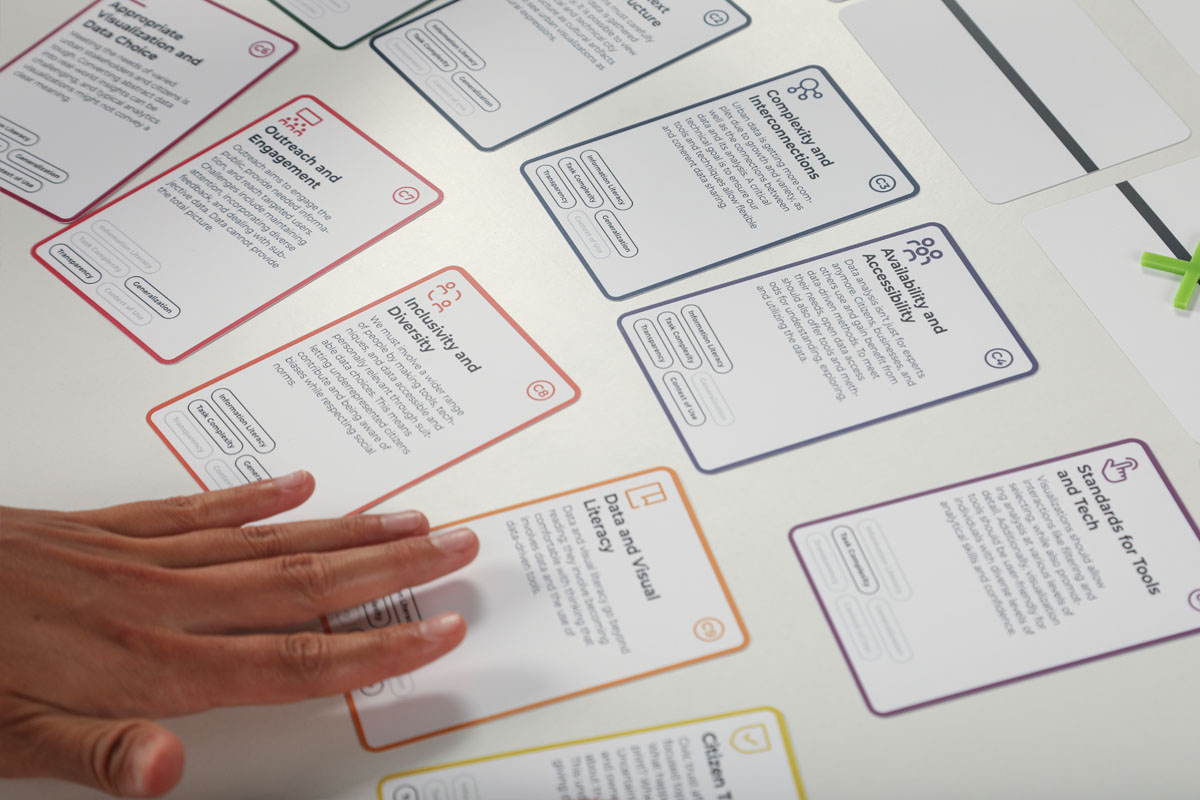
9. Presentation of results
To finish up, each group presents the results to each other and discuss the outcomes of the workshop. Taking either video recordings or photos and audio recordings helps documenting the thoughts that go into each concept.
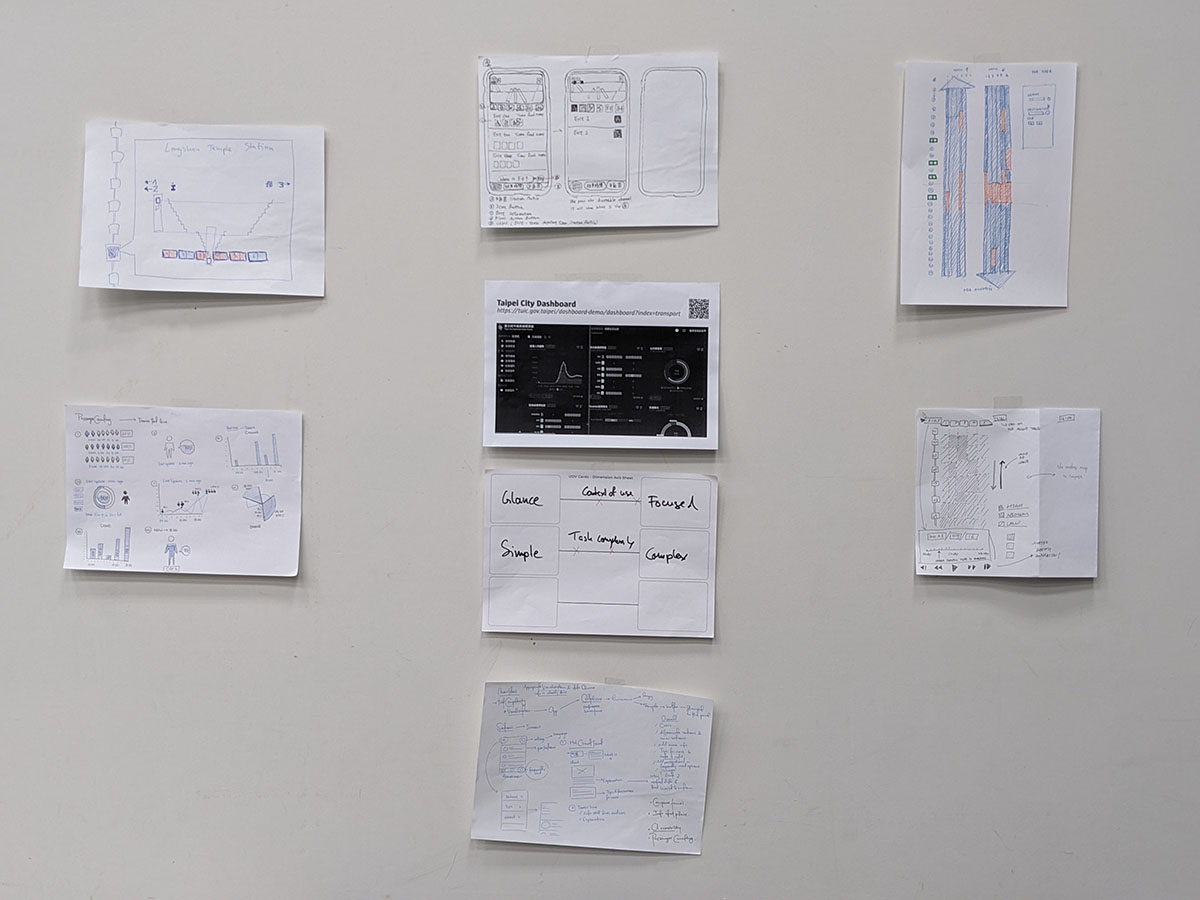
Next Step
If you have multiple outputs, use Critique to find the best result for the challenge. Or use the Calibrate activity to further refine the result as a second iteration.
